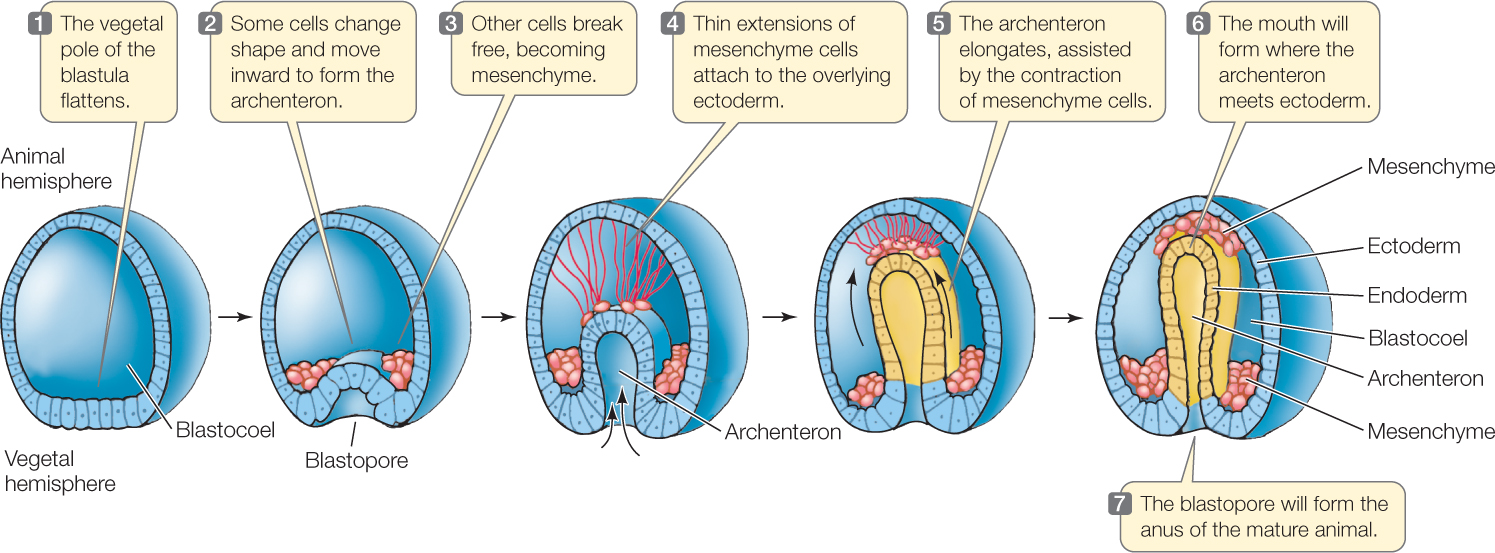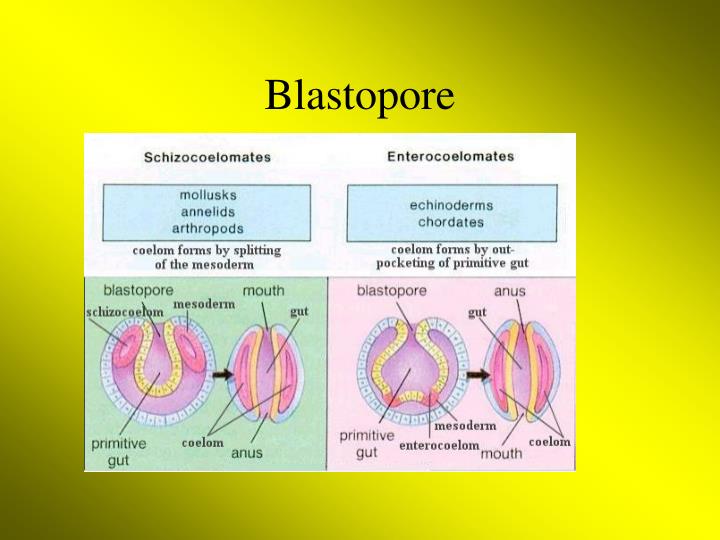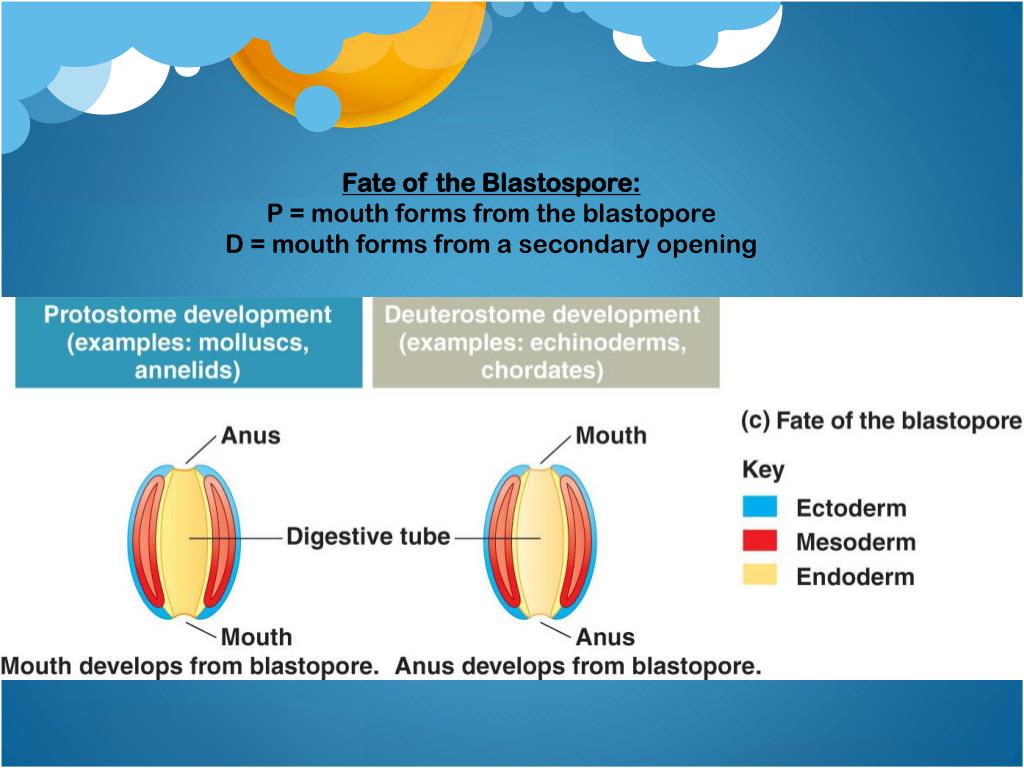
Phylum Echinodermata ( echinoderms – sea stars, brittle stars, sea lilies, sea urchins, and sea cucumbers).Phylum Hemichordata – 3 classes ( hemichordates, known as acorn worms).Superclass Tetrapoda – 4 classes ( four-limbed vertebrates – mammals, reptiles, amphibians, and birds).Superclass Osteichthyes – 2 classes ( bony fish, 98.8 percent of all fish – ray-finned fish and lobe-finned fish).Superclass incertae sedis – 1 class ( cartilaginous fish – sharks, skates, rays, and chimaeras).Infraphylum Gnathostomata – 7 classes ( jawed vertebrates – mammals, reptiles, amphibians, birds, bony fish, and cartilaginous fish).Superclass Agnatha ( Cyclostomata or incertae sedis) – 2 classes ( jawless fish – hagfish and lampreys).Subphylum Vertebrata ( Craniata) – 9 classes ( vertebrates – mammals, reptiles, amphibians, birds, and fish).Subphylum Tunicata ( Urochordata) – 4 classes ( tunicates).Subphylum Cephalochordata – 1 class ( lancelets).Phylum Chordata ( vertebrates, tunicates, and lancelets).These are the following phyla/subgroups of the deuterostomes:


See also: List of bilateral animal orders The Xenambulacraria's sister group could be both the chordates or the protostomes, or be equally distantly related to them both. This suggests the deuterostome branch is very short or non-existent. While protostomes as a monophyletic group has strong support, research have shown that deuterostomes may be paraphyletic, and what was once considered traits of deuterostomes could instead be traits of the last common bilaterian ancestor. The phylum Chaetognatha (arrow worms) may belong here, but molecular studies have placed them in the protostomes more often. However, Superphylum Deuterostomia was redefined in 1995 based on DNA molecular sequence analyses when the lophophorates were removed from it and combined with other protostome animals to form superphylum Lophotrochozoa. Initially, Deuterostomia included the phyla Brachiopoda, Bryozoa, Chaetognatha, and Phoronida based on morphological and embryological characteristics. Together with Protostomia and their out-group Xenacoelomorpha, these compose the Bilateria, animals with bilateral symmetry and three germ layers. The three major clades of deuterostomes are Chordata (e.g. This group is also known as enterocoelomates, because their coelom develops through enterocoely. This was initially the group's distinguishing characteristic, but deuterostomy has since been discovered among protostomes as well. In deuterostomy, the developing embryo's first opening (the blastopore) becomes the anus, while the mouth is formed at a different site later on. Some examples of deuterostomes include vertebrates (and thus humans), sea stars, and crinoids. The group's sister clade is Protostomia, animals whose digestive tract development is more varied. 'second mouth' in Greek) are animals typically characterized by their anus forming before their mouth during embryonic development. This tutorial was funded by the Title V-STEM Grant #P031S090007.Deuterostomia ( / ˌ dj uː t ər ə ˈ s t oʊ m i.


In enterocoely, the coelom forms as outpocketingof the gut. Typical deuterostomes have coeloms that develop by enterocoely. Vertebrates use a modified version of schizocoely. In protostomes that have a coelom, a mesodermal band of tissue forms before the coelom is formed. In the process of coelom formation called schizocoely , this mesoderm splits to form a coelom. Acoelomates have no body cavity at all other than the gut. Pseudocoelomates have a body cavity between mesoderm and endoderm. The coelom is a body cavity found in many triploblastic organisms that is completely surrounded by mesoderm. Not all protostomes have a true coelom. \). development in the starfish (Phylum Echinodermata). (CC BY-NC-SA K.


 0 kommentar(er)
0 kommentar(er)
